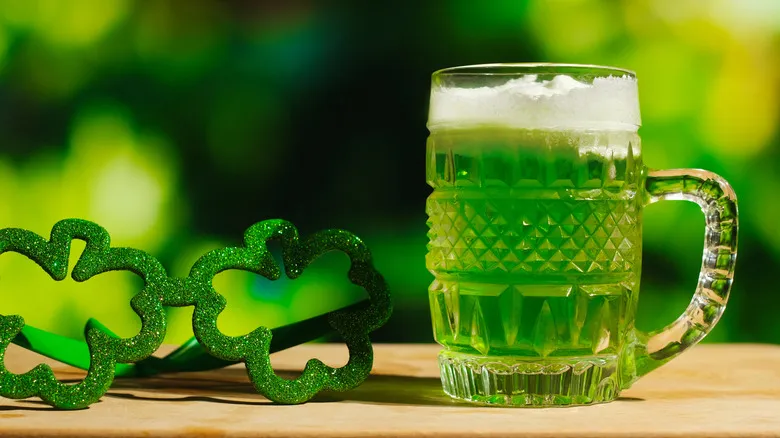How did green beer first get made?
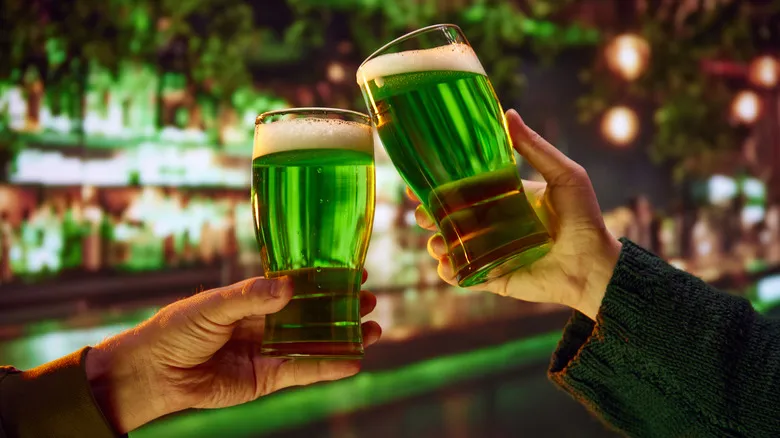
Green beer originated in America, not Ireland, although it was an Irish-American professor who first came up with the idea. His name was Thomas H. Curtin, and around 1914, he brewed it for members of his clubhouse in New York City. Some reports suggest that green beer may have been served as early as 1910 in Spokane, Washington, although the bartender there was reluctant to reveal his recipe.
Curtin's method was somewhat dubious; he added a laundry whitener known as "wash blue" to the beer. In small quantities, it imparted a green hue without apparently harming the guests. Initially, the unusual color didn't gain much popularity, but by the 1950s, drinking green beer on St. Patrick's Day had become a common tradition.
Fortunately, the green beer we enjoy today is not the same as Curtin's original concoction. Modern versions are typically made with liquid food coloring, often using blue dye. This mixes with the yellow tones of the beer to create a bright green color, without affecting the beer's flavor. Additionally, some breweries have experimented with brewing green beer by incorporating a type of algae called spirulina into the process. For a quick DIY option, you can add powdered spirulina at home. Whichever method you choose, it's best to use light-colored beers to ensure the color stands out.
Recommended
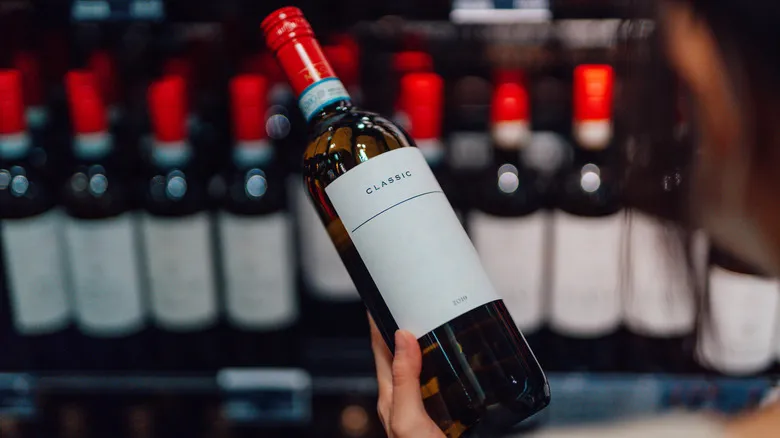
Why You Should Think Twice Before Using Cooking Wine
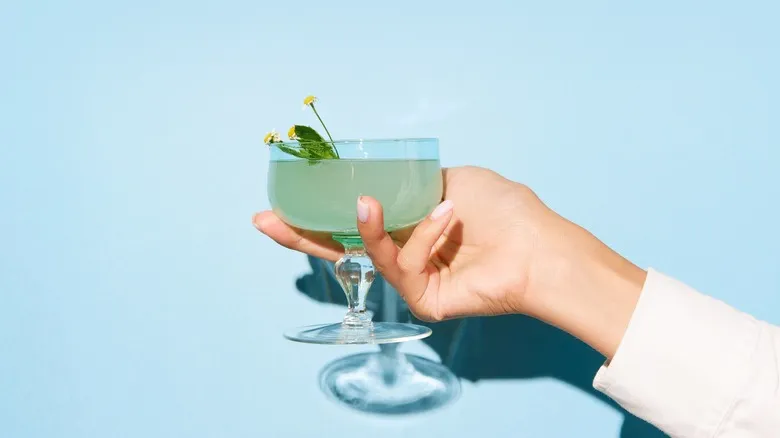
The Ingredients To Look For In A Quality Canned Margarita
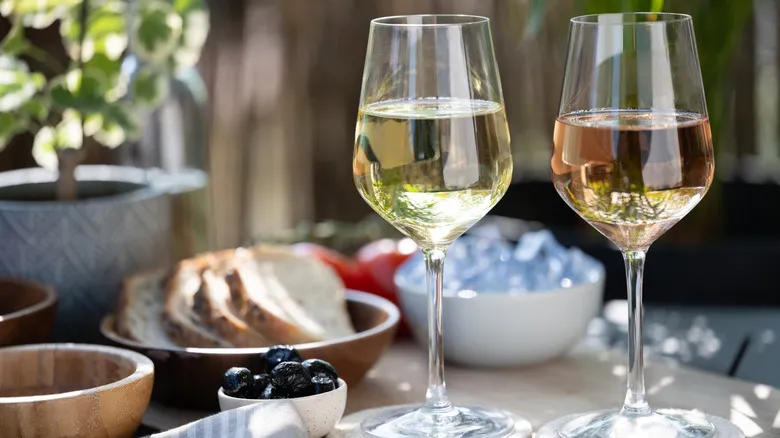
What To Consider When Shopping For Sweet White Wine

The Unique History Of Bock Beer
Next up

